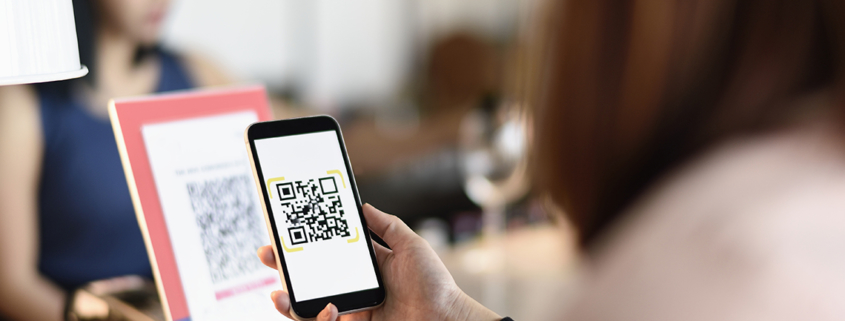7 Things You Must Know Before Scanning a QR Code
4. Do not trust a QR code that was supposedly emailed by a friend (whose account may have been hacked) or that appeared in a text, online post or mail piece. Instead, use a browser and visit a website using a domain name you know is legit.
5. Avoid using a QR code to pay a bill. There are many other payment methods that are less susceptible to fraud.
6. QR codes may seem harmless, not least because the naked eye can’t detect what the codes are programmed to do. So trust your gut, Kitten advises. “If the code is stuck to the side of a napkin dispenser and looks suspect, don’t use it. Ask for a menu.”
7. Consider adding protection that checks for malicious or inappropriate content, advises Grant, who says many firms, including Sophos Mobile Security and Kaspersky, offer mobile products.
QR codes can come in handy
The bottom line: QR codes can be created quickly and easily, but like other tech tools highjacked by fraudsters, they also serve a legitimate purpose in commerce and everyday life.
A couple of her friends, Grant says, use QR code generators to share their Wi-Fi passwords with guests, “because when their kids’ friends come over, they’re always like, ‘Hey, what’s your Wi-Fi?’
“So now when their kids’ friends come over, they go over to the refrigerator [where the QR code is placed] and now they’re on the house Wi-Fi without having to bother the parents all the time.”


